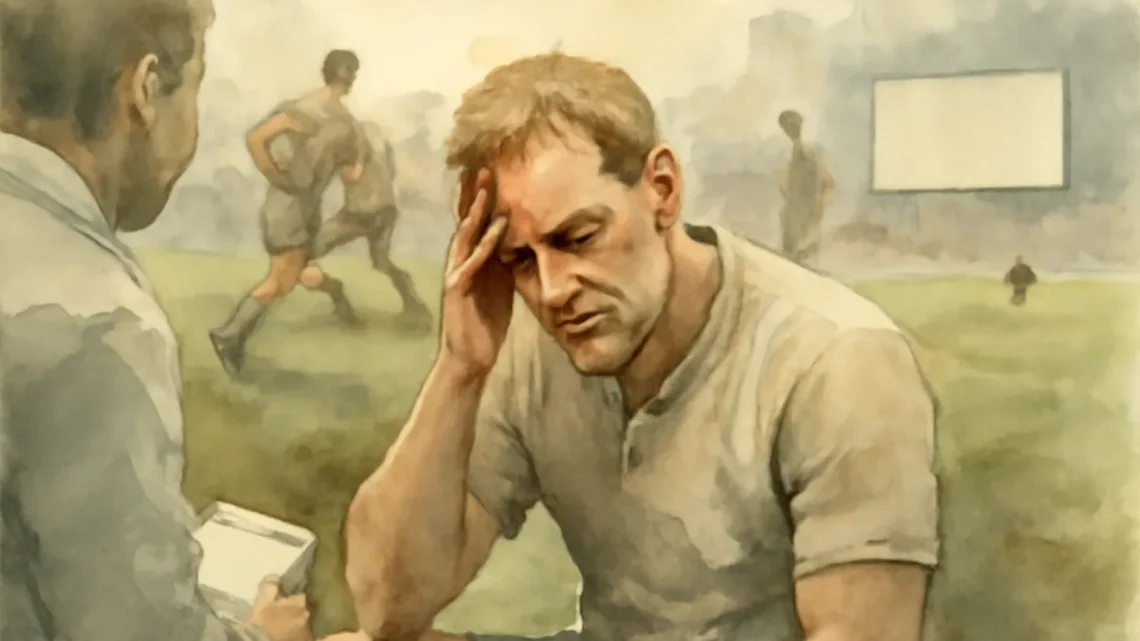
Concussion Risks and Youth Participation in Contact Sports
October 28, 2025Understanding the long-term effects of head injuries in sport
Concerns about the risks of concussion and brain injury in contact sports such as rugby and football have been highlighted by recent research and high-profile cases. The potential long-term consequences of repeated head trauma include serious neurological conditions, which raise questions about the safety of youth participation in these activities.
Chronic Traumatic Encephalopathy and its impact
Chronic Traumatic Encephalopathy (CTE) is a neurodegenerative disease linked to repeated concussions and head injuries, often found in athletes involved in contact sports. It can only be diagnosed post-mortem. Symptoms experienced by individuals living with CTE include memory loss, confusion, impulsivity, depression, and suicidal thoughts.
One recent example is Shane Christie, a former rugby player who died in August 2025, shortly before his 40th birthday. Christie retired from rugby in 2018 at the age of 32, with his early retirement believed to be related to the effects of multiple concussions sustained during his career.
Research findings on concussion and mental health
Studies indicate a strong association between concussion and mental health issues. Research suggests that individuals who have suffered concussions may be significantly more likely to develop depression compared to those who have not experienced such injuries. Despite this, many athletes continue to participate in contact sports even after multiple concussions.
Interviews with rugby players in England revealed that all participants had sustained at least three concussions, with some reporting as many as twenty. Alarmingly, all had continued to play while suspecting they had a concussion, a behaviour that increases the risk of worsening symptoms and potentially fatal conditions such as second impact syndrome.
Decision-making and risk perception in sport
The health-belief model offers some insight into why athletes may continue to engage in risky behaviours despite understanding the dangers. This model considers factors such as:
- Perceived susceptibility – how likely an individual believes they are to suffer a health issue
- Perceived severity – how serious the individual considers the health condition to be
- Perceived benefits – the advantages of taking preventative action
- Perceived barriers – obstacles that hinder making changes
- Self-efficacy – confidence in one’s ability to make changes
- Cues to action – internal or external triggers encouraging change
However, the model assumes rational decision-making, whereas in reality, human behaviour often prioritises immediate benefits over long-term risks. This may explain why players continue to participate in contact sports despite known dangers.
Challenges in protecting young athletes
High-profile cases such as Shane Christie’s suspected CTE-related death and the impact of motor neurone disease (MND) on former rugby players highlight the serious long-term health risks associated with contact sports. While the causes of CTE and MND differ and remain under investigation, both conditions underscore the need for caution.
Efforts to raise awareness and fund research, such as those by Kevin Sinfield in memory of Rob Burrow, have brought attention to these issues. Yet, even informed adults struggle to balance the benefits and risks of participation in contact sports.
This raises important questions about the ability of children and young people to make informed decisions regarding involvement in sports with potential brain health risks. Given their limited capacity to assess long-term consequences, there is a growing call to ensure that youth sport environments prioritise safety, particularly concerning brain health, in a manner similar to protections in place for other adult activities such as alcohol consumption and gambling.




































